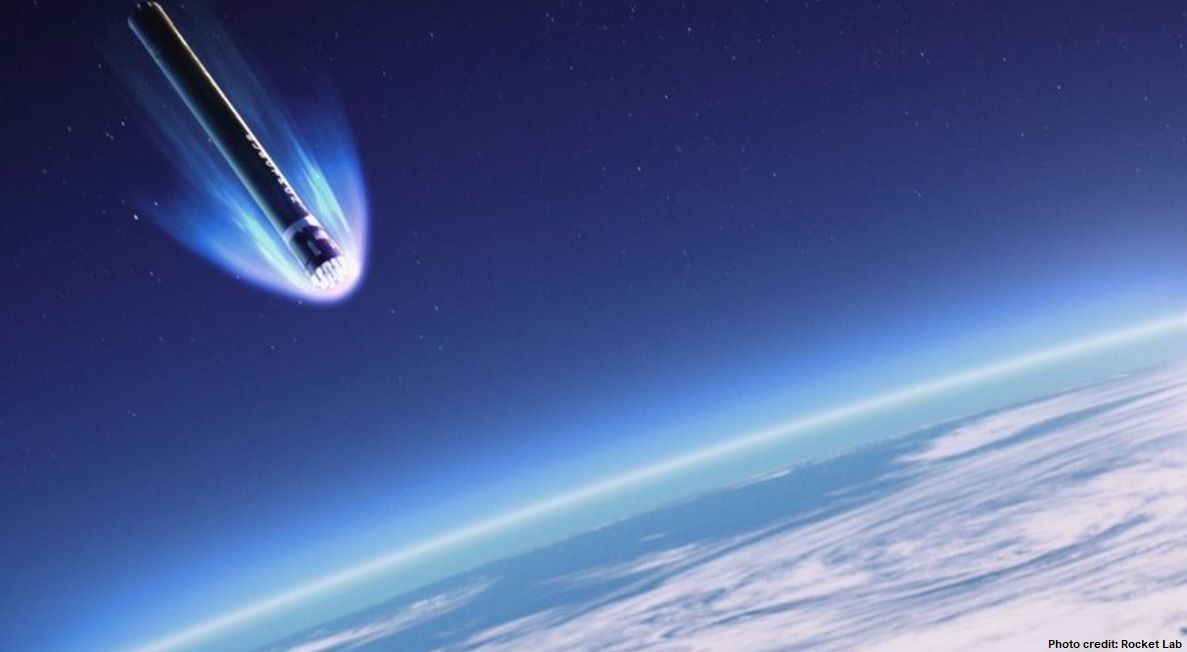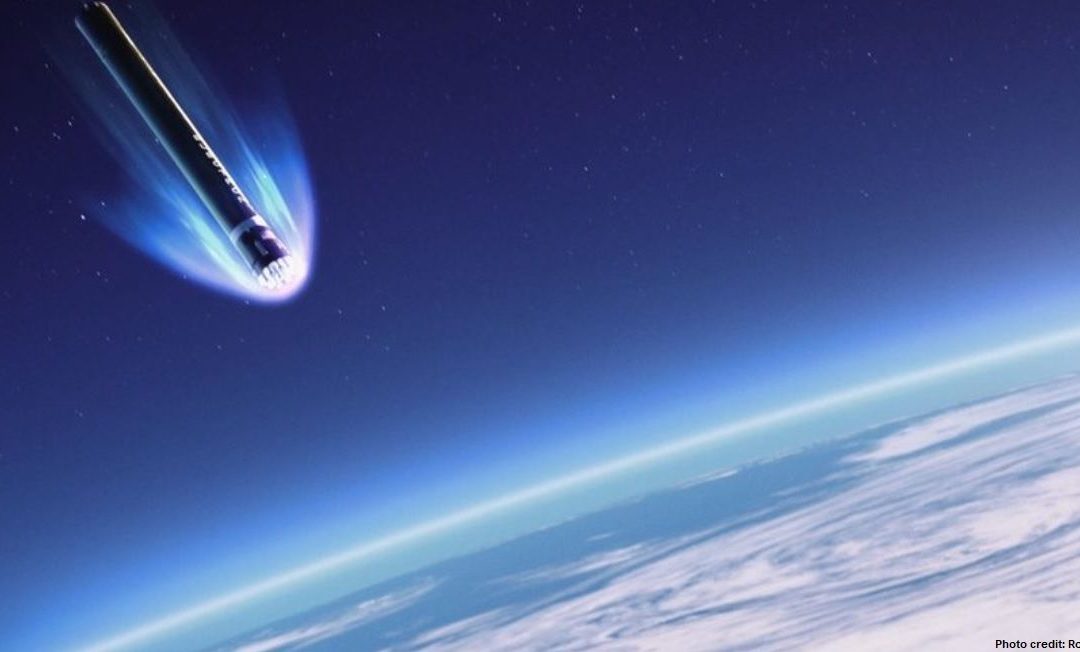
The private company Rocket Lab has announced that it made a successful attempt to recover its latest Electron rocket’s first stage. Following their latest launch on November 19th from the Mahia Launch Complex in New Zealand, the first stage of the rocket made a reentry into the Earth’s atmosphere after its stage separation. The stage then released a parachute to slow down and splashed down at 9 m/s into the Pacific Ocean some 400 kilometers away from the launch site. It was then recovered, hauled onto a boat.
“The stage splashed down completely intact. What it proved to us is that this is a feasible approach, and we’re really confident that we can make Electron a reusable launch vehicle from here”, said Rocket Lab CEO Peter Beck in a press call on November 23rd.
The company had announced their first stage recovery plans for the Electron launch on November the 5th, fifteen days before the launch. This was the company’s first attempt to make a first stage recovery. The launch was dubbed “Return to Sender”.
“What the team achieved today in recovering Electron’s first stage is no mean feat. It took a monumental effort from many teams across Rocket Lab, and it’s exciting to see that work pay off in a major step towards making Electron a reusable rocket,” said Beck in a news post on the Rocket Lab website following the successful stage recovery.
Before and after the journey to space 🚀 pic.twitter.com/cneqOI7t1v
— Rocket Lab (@RocketLab) November 23, 2020
The recovered stage has now been brought back to the company’s factory. The next steps will be to check individual components and requalify some for later launches, making sure that the stage is indeed in condition to be reused.
Rocket Lab has another first stage recovery test planned for early next year. “We’re going to do a few of these splashdowns first,” Beck said in connection with the announcement of the launch. “If we’ve got a stage in just awesome condition, and everything functioned as we expected and everything was really safe, then we’ll move really quickly to try and snatch one with a helicopter.” The long-term plan of the company is to catch the descending rocket stages in mid-air.
Reusability drives down launch costs, which in turn contributes to making space more accessible and the access more sustainable. Being able to reuse their stages will help launch companies increase their number of launches without the need to scale up manufacturing proportionally. “Even if we get to use the stage just another single time, it has the effect of effectively doubling production,” Beck explained. “Even one reuse is a really huge advantage.”
The “Return to Sender” launch placed thirty payloads into orbit, including the DRAGRACER satellites that Warp News reported about this summer.
The Mahia Launch Complex is the world’s first private spaceport to have hosted a successful rocket launch to orbit. The first launch was also with an Electron rocket, launched on January 21st, 2018.
Photo credit: Rocket Lab





